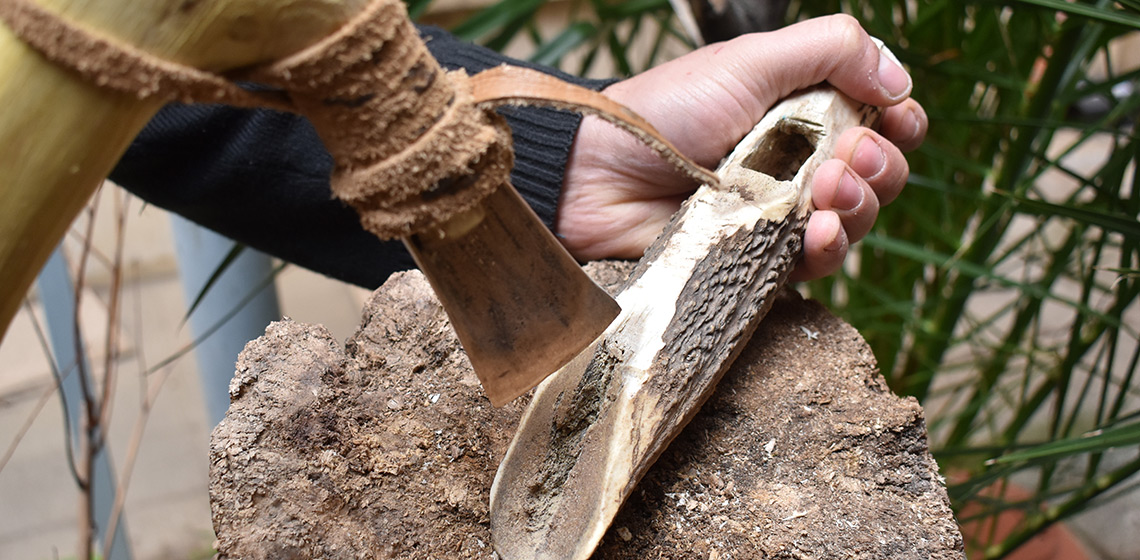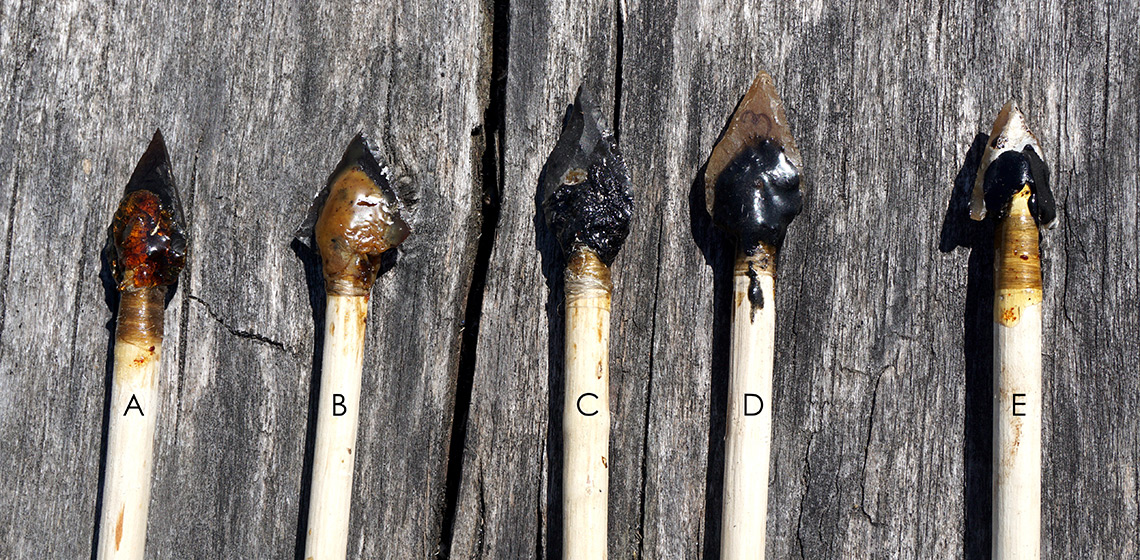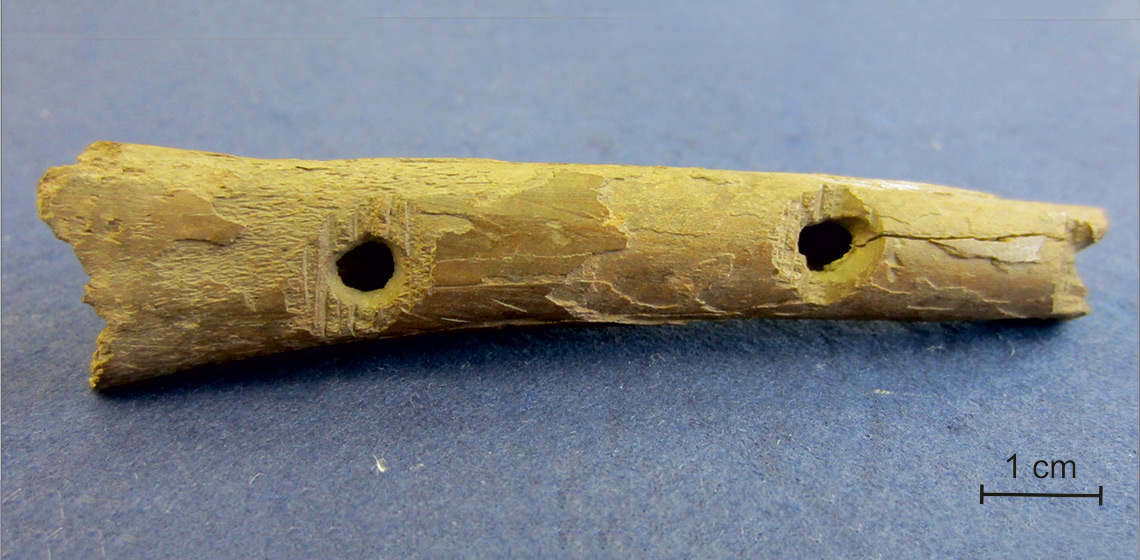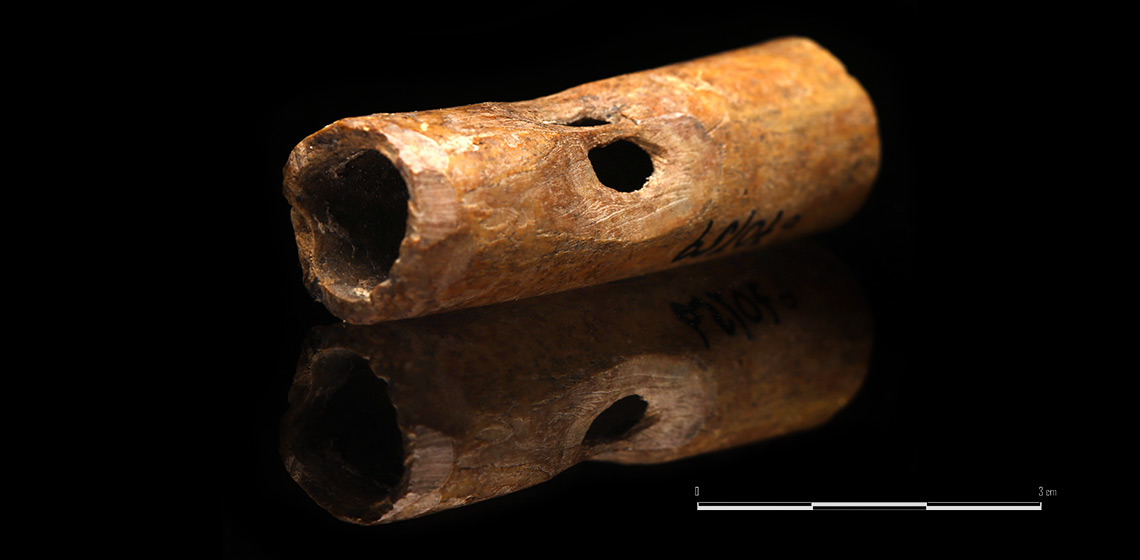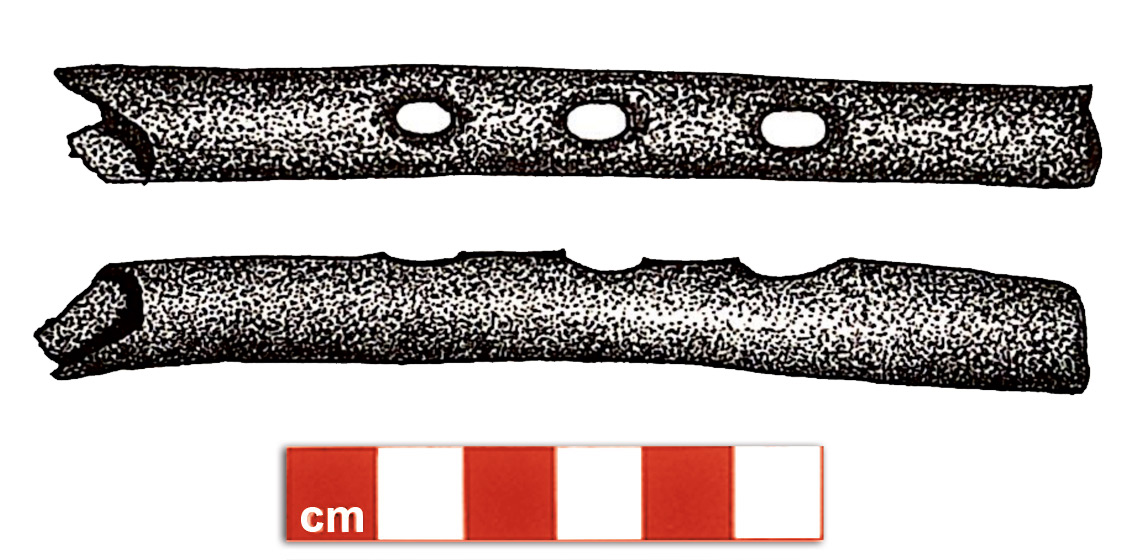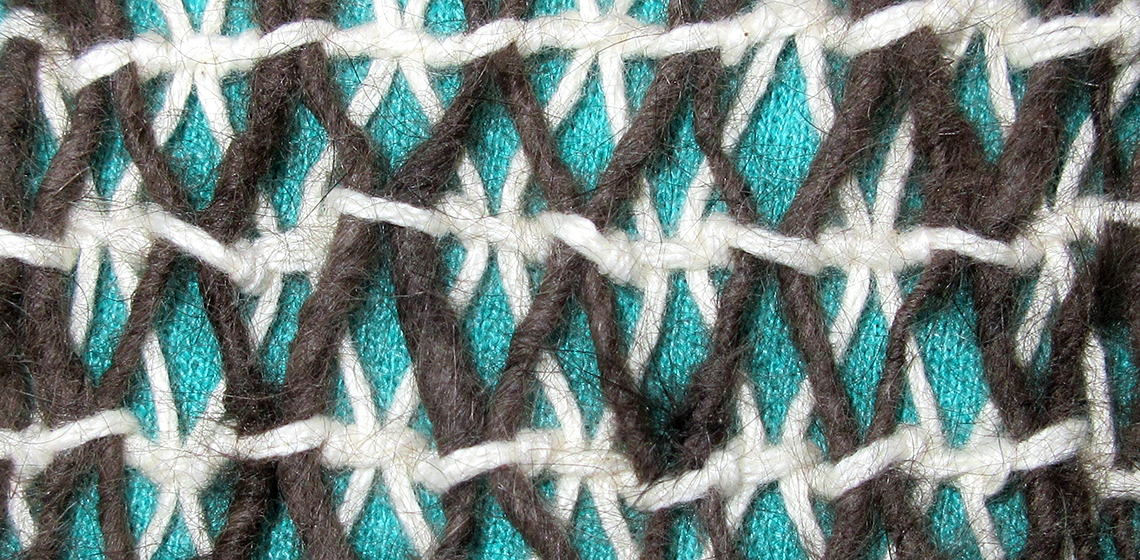Hoes or Adzes? Experimental Reproduction and Uses of Deer Antler Tools from the Bronze Age Terramara of Pragatto (Italy)
***This research aimed to evaluate the hypotheses related to the production and possible uses of a class of deer antler tools from the Bronze Age Terramara of Pragatto (Italy). These bevel-ended instruments are traditionally considered handled hoes...

